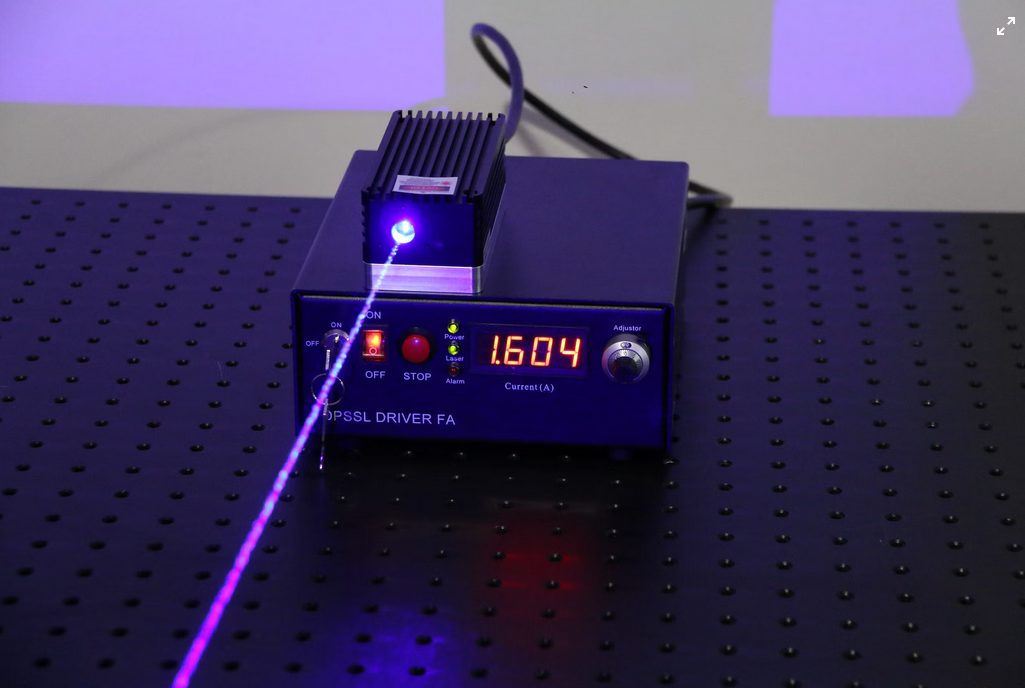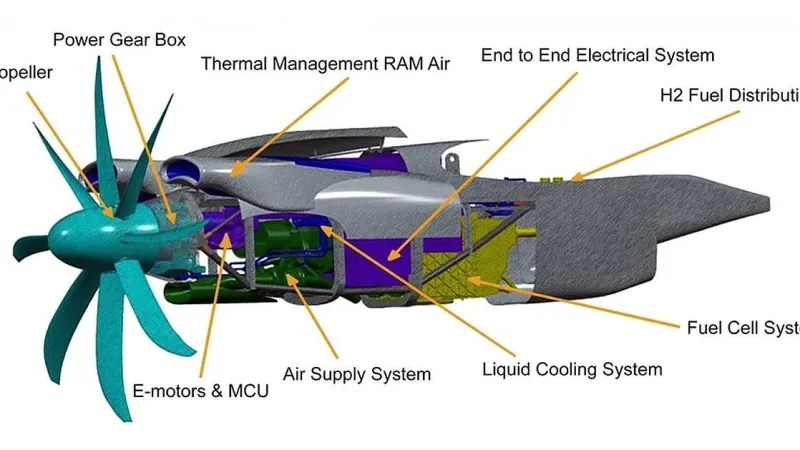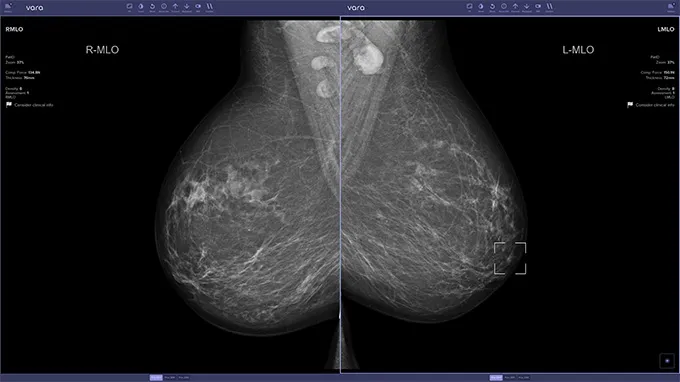The Science Behind Lasers: How Do They Operate?

Lasers, short for Light Amplification by Stimulated Emission of Radiation, are devices that concentrate beams of light by aligning their waveforms and frequencies. While initially developed in the 1960s to amplify microwaves, modern laser technology has evolved to amplify light rays across various parts of the electromagnetic spectrum, excluding gamma waves.
The Basics of Laser Operation
So, how do lasers actually work? Instead of amplifying the light, lasers today oscillate the waves within the beam, arranging them in an orderly manner. This exchange of amplification for order, or oscillation, provides a precise and organized beam. However, despite the technical accuracy of this explanation, the term “laser” is still preferred for its popularity and familiarity, as a “LOSER” pointer wouldn’t be as appealing to cat owners.
The Core Mechanism of Laser Amplification
The heart of lasers lies in materials that enhance specific parts of the electromagnetic spectrum by providing them with a boost of energy as they pass through. This energy boost, called “gain,” effectively amplifies the power of the light. This amplification occurs through a process known as stimulated emission. When atoms in the material receive a burst of energy, such as a high electric current, their electrons shift into an excited state. When light passes through or reflects off this excited material, the electrons absorb and emit photons, effectively amplifying the light. In certain lasers, the gain medium consists of electrons in motion rather than atoms. Enclosed within an optical cavity that reflects the light back and forth, this gain medium amplifies the light passing through it. This process of amplification by stimulated emission is the foundation of laser operation.
Coherence in Laser Beams: However, amplification alone isn’t what makes lasers such versatile tools – it’s their coherence. As light passes through the gain medium, it emerges as light of the same color, with identical wavelengths, directions, and polarizations. The waves are then filtered by bouncing them back and forth through the optical cavity, ensuring that the output beam consists of waves with the same phase. Each photon in this beam possesses the same characteristics and oscillates in sync with the others.
The Quest for More Powerful Lasers and Future Applications
The most powerful laser created thus far can be found at the European Extreme Light Infrastructure facility in Romania. Its High Power Laser System, which uses a titanium-doped sapphire gain medium, generates laser pulses of up to 10 petaWatts – one petaWatt being one quadrillion joules per second. Although each pulse lasts a mere 22 femtoseconds, the energy packed into this fraction of a blink is considerable. However, this record may soon be surpassed by China’s “Station of Extreme Light.” Equipped with emerging technology, this facility aims to create lasers of 100 petaWatts – an intensity capable of shaking empty space and triggering a shower of particles, showcasing unparalleled physics phenomena.
Lasers operate by organizing and aligning waveforms and frequencies, rather than amplifying light directly. Their ability to generate coherent beams of light has led to their widespread applications, from entertaining cats to data storage. As laser technology continues to evolve, the limits of their power and potential are yet to be fully discovered.






